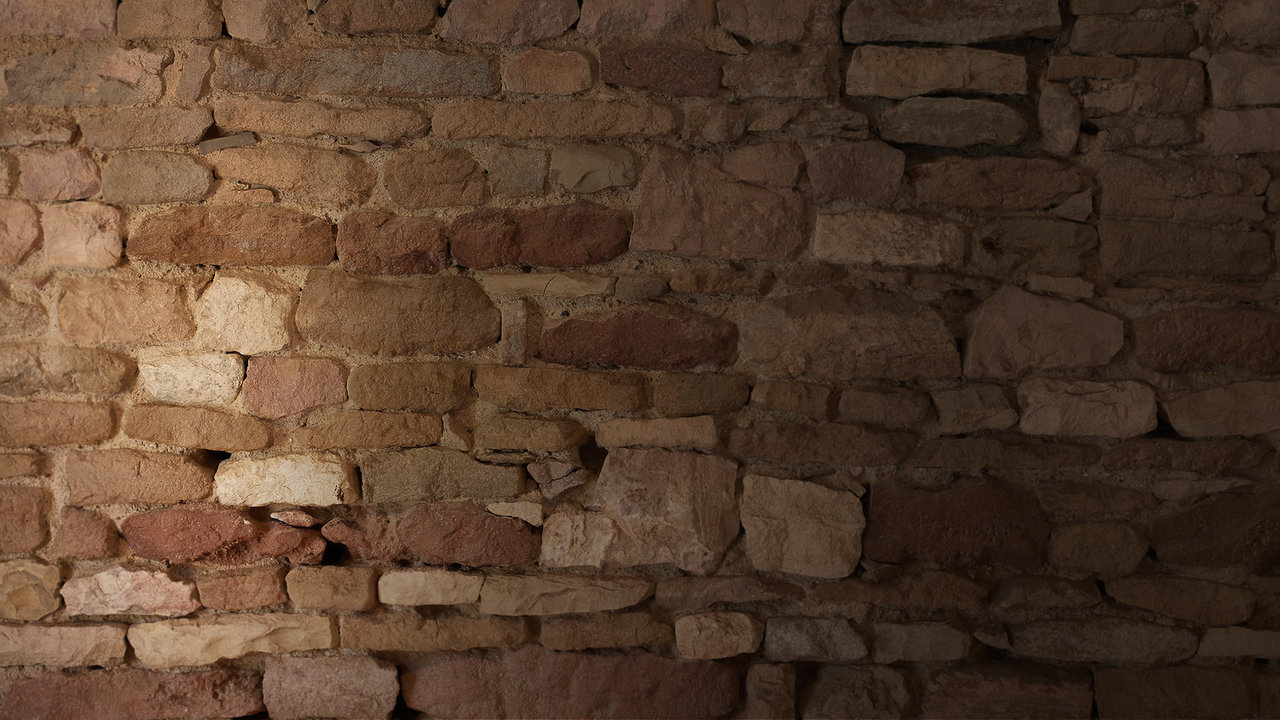Mercurey rouge
"Clos de la Maladière"
 Terroir
Terroir
Our vineyard Clos de la Maladière is composed of 3 plots planted between 1959 and 1979.
Total area : 1,36 ha (3,35 acres).
Climat & Soil : dominated by clay and limestone with a clay predominance.
South-North facing plots with a slow slope in the Northern part, with pebbles.
Total area : 1,36 ha (3,35 acres).
Climat & Soil : dominated by clay and limestone with a clay predominance.
South-North facing plots with a slow slope in the Northern part, with pebbles.
 Winemaking and Aging
Winemaking and Aging
To preserve their entirety, grapes are carefully harvested and sorted out by hand.
Before alcoholic fermentation starts, a pre-maceration is done during 4 to 6 days to work on the phenolic component's exctraction.
Grapes are previously partially destemmed. Then full maceration lasts for 15 days during which we'll use only pigeages (punching the cap).
Their intensity and numbers lead to the concentration of tannins, perfumes and colour. Alcoholic fermentation is realized with natural yeasts. After maceration, free and press wines are separated for the aging.
100% of the cuvée is aged in traditional Burgundian 228 liters barrels for 12 months. We use around 20% of new oak. We only use French oak coming mainly from Bourgogne, Allier and Vosges forests.
Before alcoholic fermentation starts, a pre-maceration is done during 4 to 6 days to work on the phenolic component's exctraction.
Grapes are previously partially destemmed. Then full maceration lasts for 15 days during which we'll use only pigeages (punching the cap).
Their intensity and numbers lead to the concentration of tannins, perfumes and colour. Alcoholic fermentation is realized with natural yeasts. After maceration, free and press wines are separated for the aging.
100% of the cuvée is aged in traditional Burgundian 228 liters barrels for 12 months. We use around 20% of new oak. We only use French oak coming mainly from Bourgogne, Allier and Vosges forests.
 Tasting notes
Tasting notes
Wine has a bright garnet colour with velvet tints.
The nose is fresh and powerful developing on red fruits like cassis and blueberry.
On the palate, it reveals a fleshy texture with generous dark fruits. Tannins are soft but persistant leading to a spicy finish.
The nose is fresh and powerful developing on red fruits like cassis and blueberry.
On the palate, it reveals a fleshy texture with generous dark fruits. Tannins are soft but persistant leading to a spicy finish.
 Food and wine pairings
Food and wine pairings
The Mercurey "Clos de la Maladière" 2016 will be perfectly complimented by oeufs en meurette or cured ham, as well as a stewed beef.
 Service and cellaring
Service and cellaring
It can be served from now at 13-14°C or kept in cellar for 3 to 5 years.
 Art of tasting
Art of tasting
Owning great wines in your cellar is not enough, you also need to know how to serve them.
Temperature is an essential element, around 53-57° F for the white and 55-59°F for the red. And if you don't have the right tasting glass which will amplify the wines' aromas, you may considerably reduce your tasting pleasure.
A great glass gives a large ventilation surface to the wine and a tightening neck, which allow the nose to grasp more easily the richness and the complexity of a great wine.
Temperature is an essential element, around 53-57° F for the white and 55-59°F for the red. And if you don't have the right tasting glass which will amplify the wines' aromas, you may considerably reduce your tasting pleasure.
A great glass gives a large ventilation surface to the wine and a tightening neck, which allow the nose to grasp more easily the richness and the complexity of a great wine.


